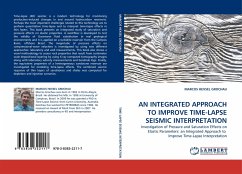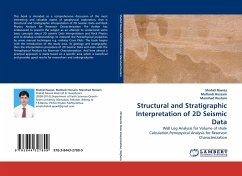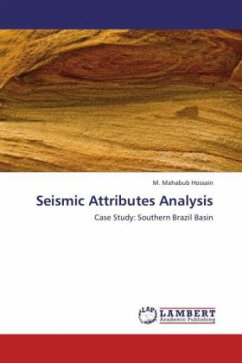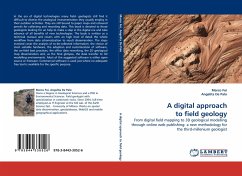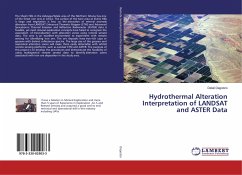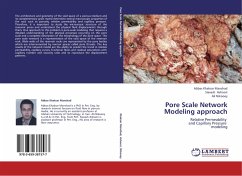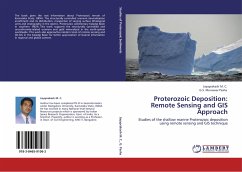Time-lapse (4D) seismic is a modern technology for monitoring production-induced changes in and around hydrocarbon reservoirs. Perhaps the most important challenges related to this technology are to perform quantitative time-lapse and to interpret time-lapse effects in thin layers. This book presents an integrated study of saturation and pressure effects on elastic properties. A workflow is developed to test the validity of Gassmann fluid substitution in real geological environments and it is applied on a turbidite reservoir from the Campos Basin, offshore Brazil. The magnitude of pressure effects on compressional-wave velocities is investigated by using two different approaches: laboratory and well measurements. This book also shows a novel methodology to assess rock properties that result from centimeter scale depositional layering by using X-ray computed tomography images along with laboratory velocity measurements and borehole logs. Finally, the equivalent properties of a heterogeneous sandstone reservoir are investigated for modeling time-lapse effects. The combined seismic response of thin layers of sandstones and shales was computed for depletion and injection scenarios.
Bitte wählen Sie Ihr Anliegen aus.
Rechnungen
Retourenschein anfordern
Bestellstatus
Storno

